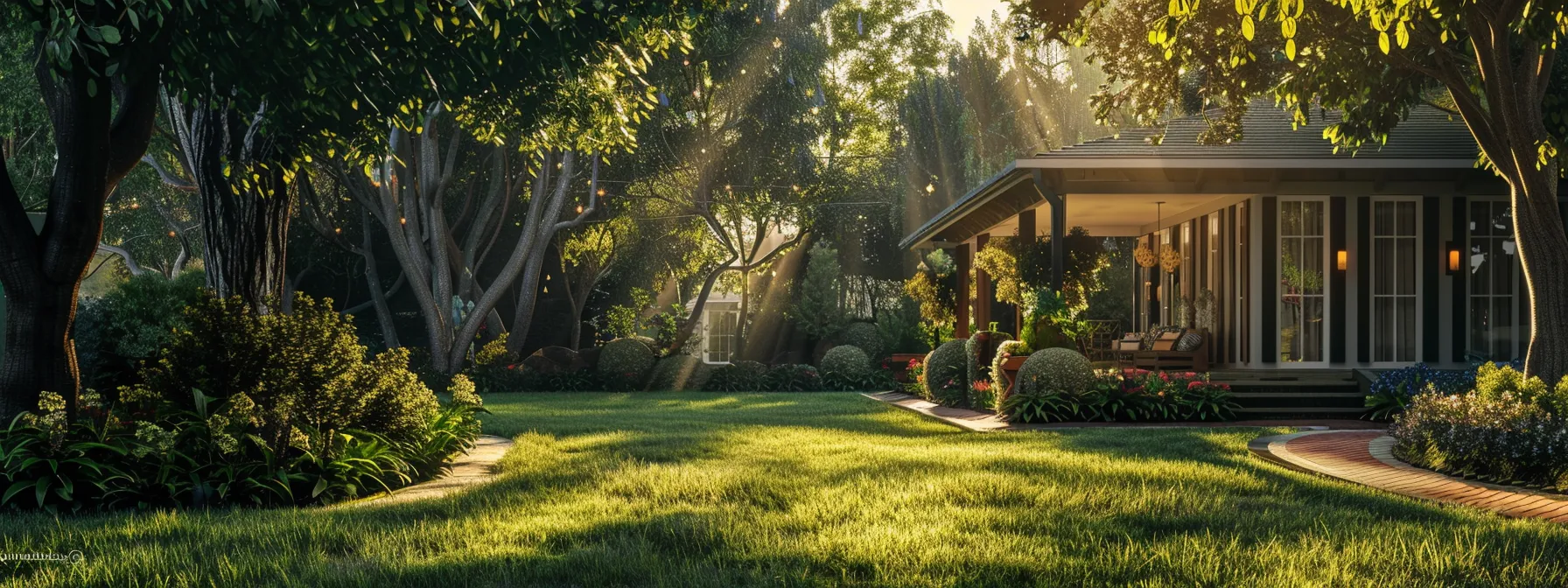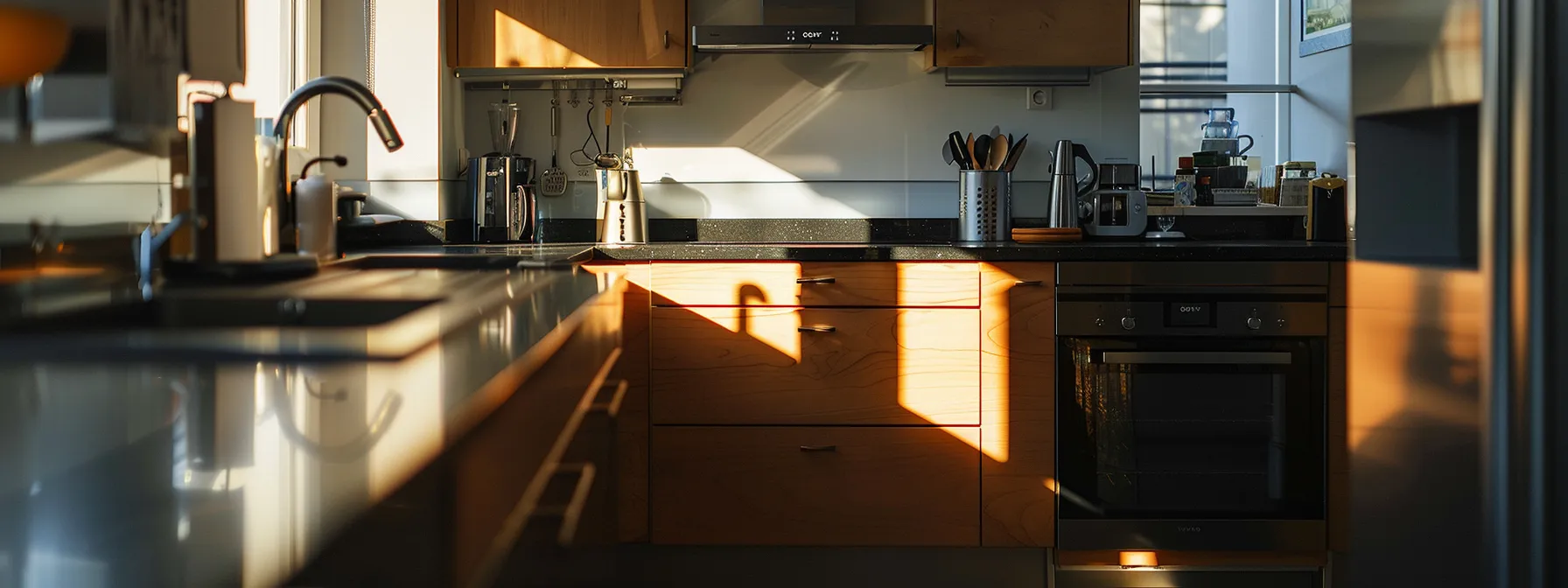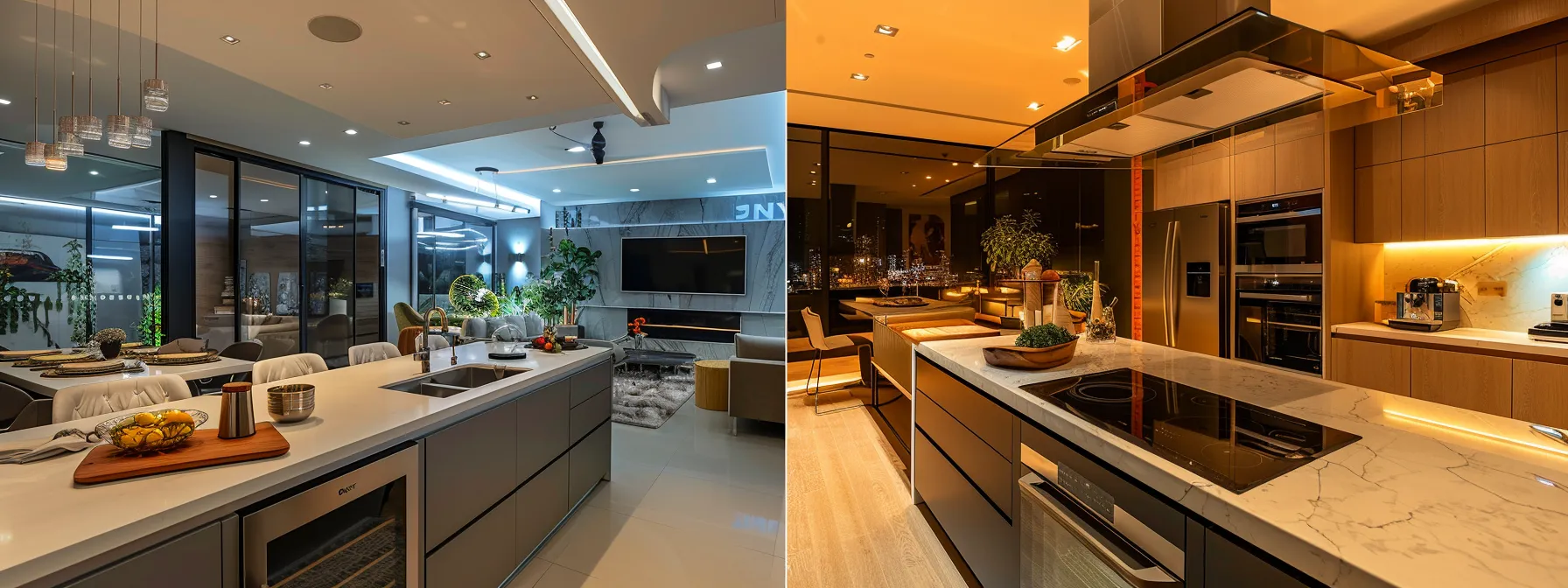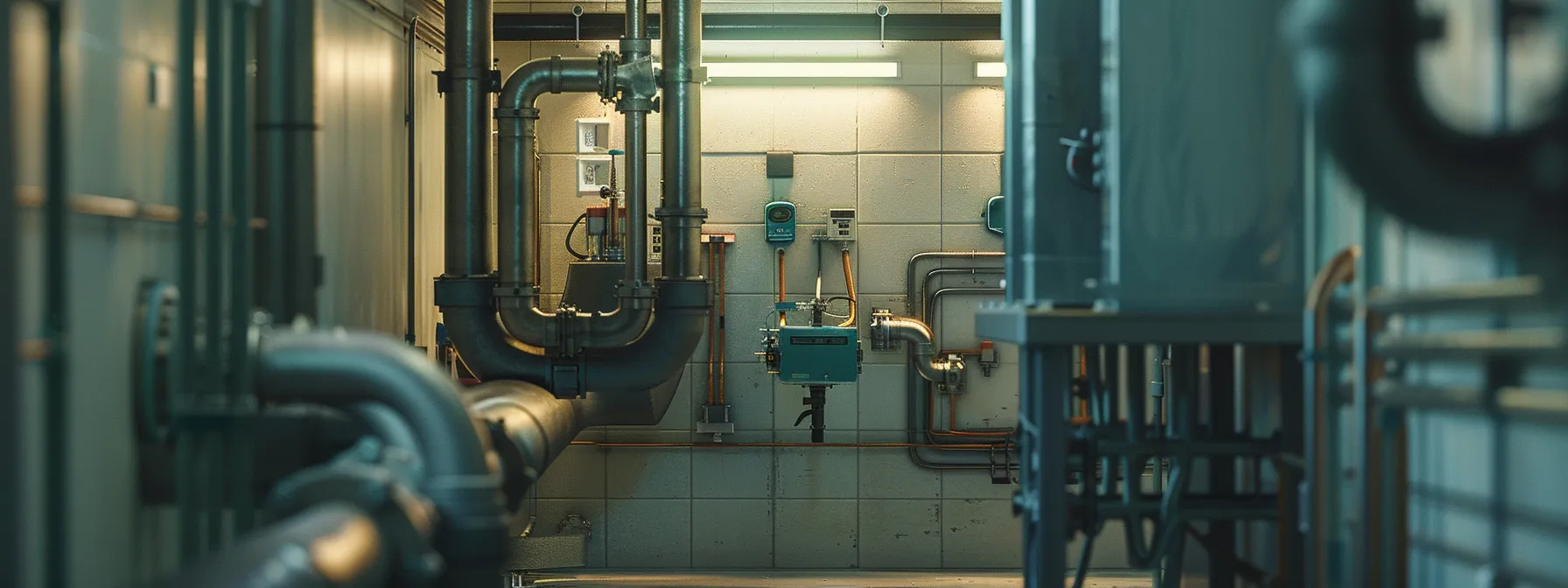Flipping an old home can be a thrilling journey, offering both the promise of a handsome reward and the satisfaction of transformation. However, it’s essential to tackle the right projects to maximize your investment and ensure a successful flip. Significant renovations that combine aesthetic appeal with functional upgrades can entice potential buyers and boost the property’s market value. Below, we explore crucial projects that every old home flip should consider before hitting the market.
Modernizing Electrical and Plumbing Systems for Efficiency and Compliance
Plumbing and electrical systems are the lifeblood of any home, and in older properties, they may be dated or not up to current standards. For example, identifying and remedying any issues with the sewage system is crucial. Enlisting the services of sewer and plumbing specialists can be a wise decision to tackle any underlying issues that could lead to unpleasant surprises for future homeowners.
Plumbing updates might involve replacing galvanized pipes with copper or PEX tubing to prevent future leaks and improve water quality. Smart home enthusiasts and eco-conscious buyers appreciate newer systems like on-demand water heaters and low-flow toilets, which offer a combination of convenience and sustainability.
Upgrading the electrical system, especially by using professionals skilled in electrical installation residential, is crucial for safety and functionality. This might include replacing old wiring, adding additional outlets, and ensuring the electrical panel can handle modern demand.
Enhancing Curb Appeal through Exterior Renovations and Landscaping

First impressions are pivotal, and the exterior of a flipped home can make or break a potential sale. Investing in exterior renovations like fresh paint, new siding, or updated fixtures can significantly enhance curb appeal. Additionally, addressing any noticeable repairs, such as broken shutters or chipped paint, can signal to buyers that the home has been well-maintained.
Landscaping is another valuable aspect of curb appeal, often providing the greatest return on investment (ROI). Pruned gardens, a well-kept lawn, and strategic placements of shrubs and trees not only beautify the property but also provide shade and reduce energy costs in the summertime.
Outdoor living spaces such as patios, decks, or porches should not be overlooked. These areas can be attractive selling features, providing additional living space and a connection to the outdoors. Comfortable, well-designed outdoor spaces can be just as compelling as interior renovations for many prospective buyers.
Updating Kitchens and Bathrooms for Contemporary Living Standards

The kitchen and bathrooms are often the highlights for any homebuyer. These spaces can offer the most noticeable signs of aging in an old home, making their update a top priority. A modern, functional kitchen is a major selling feature, often clinching the decision for prospective buyers. Cabinets, countertops, and appliances should all reflect contemporary tastes and needs.
Bathrooms should be given similar attention, with a focus on creating a clean, relaxing environment. Updated fixtures, lighting, and vanities can transform these spaces into appealing, modern retreats. Tiling work and hardware should be chosen for durability and timeless design to appeal to the broadest range of buyers.
The potential for these rooms to sell a property cannot be overstated. Open layouts, especially in the kitchen, are highly popular for the seamless integration they provide with living and dining areas. Incorporating such designs can be a game-changer, providing an open, airy feel and a hub for family life and entertainment.
Implementing Energy-Efficient Solutions for Long-Term Savings

Savvy homebuyers are looking for homes that will provide not just comfort but also efficiency in energy consumption. Energy-efficient windows, proper insulation, and advanced HVAC systems can be strong selling points. While these may require a significant initial investment, they promise reduced utility bills and a smaller carbon footprint, which appeals to the eco-conscious demographic.
In addition to these features, the installation of smart home technology such as programmable thermostats, LED lighting, and energy-efficient appliances can be attractive upgrades. Smart technology not only contributes to energy efficiency but also offers convenience and modernity, which resonate with buyers looking for an up-to-date home.
Exploring renewable energy options like solar panels can also be an enticing feature, particularly in areas with high electricity rates or robust incentives for renewable energy. Although the upfront costs can be steep, the long-term energy savings and potential tax rebates can be compelling selling points.
Overall, when flipping an old home, it’s essential to address fundamental areas such as structural stability, and electrical, and plumbing systems while also focusing on cosmetic improvements that enhance curb appeal. Kitchens and bathrooms often set the stage for making a memorable impression on prospective buyers. By also incorporating energy-efficient upgrades, you position the flipped home as an attractive, modern, and economical choice for future homeowners. By following these guidelines, you can transform any old house into a desirable and profitable property.
